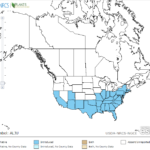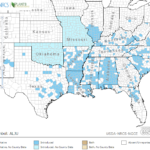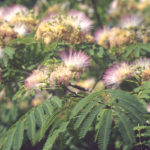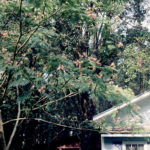Albizia julibrissin
Non-Native
USDA, NRCS. 2018. The PLANTS Database (http://plants.usda.gov, 28 March 2018). National Plant Data Team, Greensboro, NC 27401-4901 USA.
Illustration: USDA-NRCS PLANTS Database / Britton, N.L., and A. Brown. 1913. An illustrated flora of the northern United States, Canada and the British Possessions. 3 vols. Charles Scribner’s Sons, New York. Vol. 2: 331.
What is Silk Tree?
Physical Characteristics
- Small-medium sized tree
- 20-40 feet tall
Leaves:
- Alternate
- 6-20 inches long
- 20-60 small leaves per branch
- Feathery or fern-like
Flowers:
- Grow in clusters
- Fragrant
- Pink in color
- About 1.5 inches long
Fruit:
- Grow in pods
- Flat
- Pods straw-colored
- About 6 inches long
Seeds:
- 5-10 seeds per pod
- Light brown in color
- Oval-shaped
- About 0.5 inches long
Stem/Trunk:
- Bark light brown and smooth
- New branches are lime green and eventually turn light brown
Where Does it Grow?
Non-Native
Silk tree is originally from China. It can be found in a variety of places including along the banks of waterways and roadways.
Is it Invasive?
Silk tree is invasive due to its ability to grow in many different types of soils, to produce many seeds at a time, and to re-sprout from damaged portions. Silk tree grows very densely, and reduces the amount of sunlight and nutrients available to desired plants in the area.
Silk tree is non-native to the United States, and tends to disrupt the ecosystem by pushing the native species out of their habitat.
This plant is not native to North America, but has naturalized in much of the United States. While it is not illegal to possess this plant in Texas, it should not be introduced into new water bodies and should be treated with herbicide when present.




